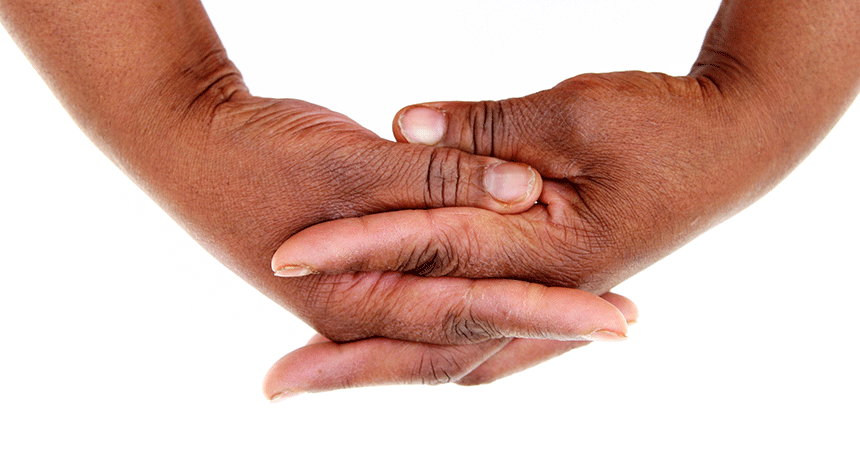Scientists offer new explanation for knuckle-cracking
The noise may emanate when bubbles in a joint’s fluid partially collapse

Stretching out your knuckles can sometimes release a sharp pop or two. Scientists have a new explanation for what’s behind the cracking.
Peterfactors/iStockphoto







